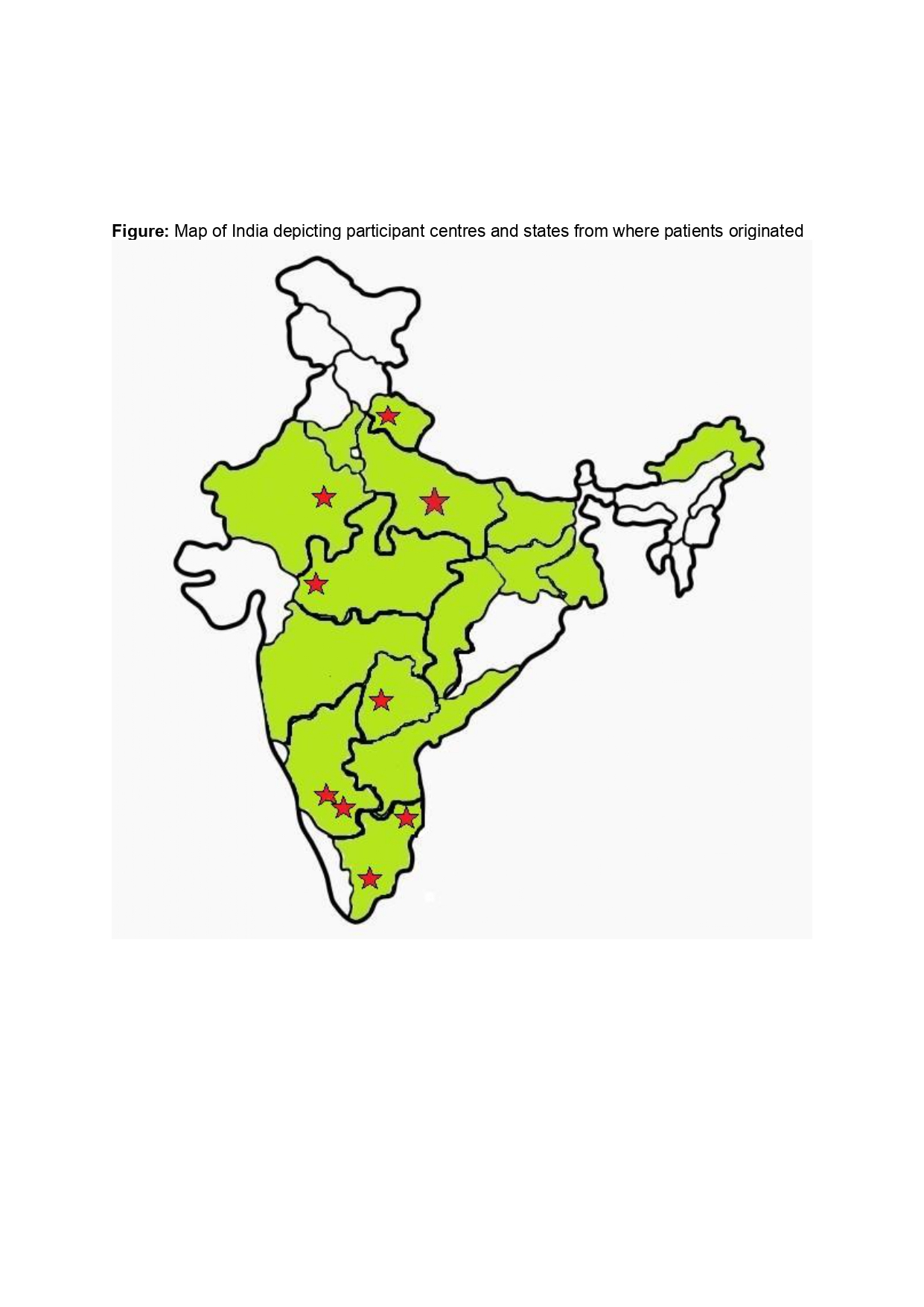Session Information
Date: Sunday, November 12, 2023
Title: (0543–0581) SLE – Diagnosis, Manifestations, & Outcomes Poster I
Session Type: Poster Session A
Session Time: 9:00AM-11:00AM
Background/Purpose: Early diagnosis remains an unmet need for SLE patients across the world. Reasons for delay in diagnosis differ in various geographic regions and largely depend on accessibility to medical care. We report the time to diagnosis, its determinants and the referral pattern from India.
Methods: Members of the Lupus special interest group developed a questionnaire including a pilot run to understand the referral pattern and variables affecting time to diagnosis of Lupus. Patients fulfilling the SLICC criteria for SLE diagnosed after Jan 2022 were included. All patients provided written informed consent. All centres received permission from their ethics committees. Their socio demographic profile as per modified Kuppuswamy scale(2022), health care referral pattern, organ systems affected and disease related parameters at diagnosis were recorded. The data was categorised into early and late diagnosis based on median time taken for diagnosis and the differences were explored using Chi-square, univariate and multivariate logistic regression.
Results: Nine centres provided data for 348 patients for this study, four were Government university teaching hospitals(n=191), 3 private university teaching hospitals (n=116) and 2 from single specialty clinics (n=41). Figure 1 represents an overview of centres which participated in the current study and the home states from where the patients were enrolled. Patients originated from both rural (48%) as well as urban areas(52%).
The mean age of SLE patients was 28.48±10.92 years, 93% were women and 57% were married. The median time to diagnosis was 7 months(IQR 3::18), about one third [92(30.4%)] were diagnosed within 3 months and 55(18.2%) within one month. In about 38%, the diagnosis was beyond 12 months. Renal involvement at diagnosis was observed in 19.3% (69/348).The mean SLEDAI-2k at diagnosis (n=232) was 12.13+ 6.85 and in 33/232(14.2%) SLEDAI was <4.
The mean Kuppuswamy scale was 12.39+6.55 reflective of lower middle class patient population. In the univariate analysis, illiteracy (uOR=1.81, 95%CI:0.99,3.35), renal involvement (uOR=1.87,95%CI:0.90,3.93) and lower family income (p=0.05) were found to be associated with delayed diagnosis.(table1) However, in the multivariate analysis only illiteracy (AOR=2.36,95%CI:1.02,5.66) remained significantly associated with delayed diagnosis.(table2)
The referring practitioners were largely another graduate or postgraduate doctor (87%). No referral was made by a medical field worker. The family size, employment and marital status did not influence the time to diagnosis, however, the regional differences were evident.(p=0.001) Almost half patients were self-financing (56.6%) ,with one-third (36.9%) utilising private medical insurance and < 2% receiving government health insurance.
Conclusion: Very early diagnosis (within 3 months of symptom onset) was made in about a third of SLE patients. Time taken for diagnosis was longer in those with low literacy and differed in geographic regions of our country.
To cite this abstract in AMA style:
Shobha V, Rajasekhar L, V S, Rajamurgan A, Rao V, Nallasivan S, Singh D, Jain A, Singh A, George F, Malviya S, Yadav D, Mathew J, Aggarwal A. Referral Pattern and Factors Associated with Time to Diagnosis for Lupus in India- multicentric Data from the SLE Special Interest Group (SIG) of the Indian Rheumatology Association (IRA) [abstract]. Arthritis Rheumatol. 2023; 75 (suppl 9). https://acrabstracts.org/abstract/referral-pattern-and-factors-associated-with-time-to-diagnosis-for-lupus-in-india-multicentric-data-from-the-sle-special-interest-group-sig-of-the-indian-rheumatology-association-ira/. Accessed .« Back to ACR Convergence 2023
ACR Meeting Abstracts - https://acrabstracts.org/abstract/referral-pattern-and-factors-associated-with-time-to-diagnosis-for-lupus-in-india-multicentric-data-from-the-sle-special-interest-group-sig-of-the-indian-rheumatology-association-ira/



